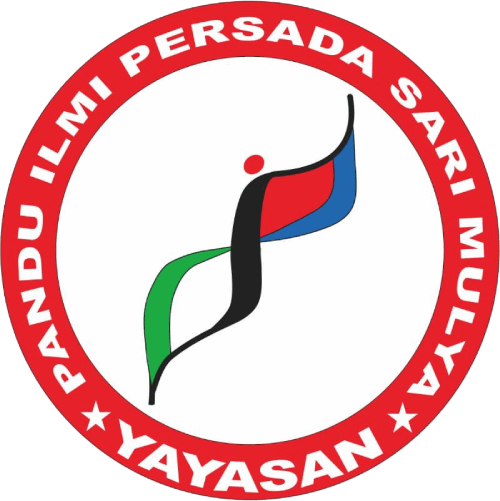Implementation of the Peer Tutoring Method to Improve the Activities and Science Learning Outcomes of Class IX/A Students of SMP Negeri 1 Sitiung
Keywords:
Peer Tutoring Method, Learning Activities, Learning Outcomes , ScienceAbstract
This study aims to improve student activity and learning outcomes in Natural Sciences (IPA) through the application of the peer tutoring method. The study was conducted in class IX/A of SMP Negeri 1 Sitiung with 30 students participating. The method used was Classroom Action Research (CAR) model Kemmis and McTaggart, which was implemented in two cycles. The research instruments were learning activity observation sheets and learning outcome tests. The results showed that the application of the peer tutoring method was able to increase student active participation from 58.3% in cycle I to 82.1% in cycle II. In addition, the completeness of student learning outcomes increased from 60% to 86.7%. This shows that learning with peer tutors encourages students to be more active, cooperative, and understand the material more deeply. This method is effective in science learning because it creates a more interactive, enjoyable learning atmosphere and supports the development of social skills and students' conceptual understanding.
References
[1] Agustina, L., & Hidayat, R. (2019). Peer tutoring dalam meningkatkan hasil belajar IPA. Jurnal Ilmiah Pendidikan, 13(2), 115–123.
[2] Anwar, S. (2016). Strategi belajar aktif dengan tutor sebaya. Jurnal Inovasi Pendidikan, 8(1), 45–52.
[3] Damayanti, D., & Suryadi, A. (2017). Pengaruh tutor sebaya terhadap prestasi belajar IPA. Jurnal Edukasi, 5(3), 99–108.
[4] Fitriani, R. (2020). Penerapan peer tutoring pada pembelajaran IPA berbasis masalah. Jurnal Pendidikan Sains, 8(2), 80–87.
[5] Haryanto, B. (2018). Model pembelajaran kooperatif dalam IPA. Jurnal Pendidikan Dasar, 6(1), 65–72.
[6] Isjoni. (2020). Pembelajaran Kooperatif dan Aktivitas Siswa. Bandung: Alfabeta.
[7] Mardiana, S. (2022). Efektivitas metode tutor sebaya dalam pembelajaran daring dan luring. Jurnal Teknologi Pendidikan, 10(1), 23–31.
[8] Nurhasanah, S. (2019). Meningkatkan aktivitas belajar siswa melalui peer teaching. Jurnal Inovasi Pembelajaran IPA, 7(2), 50–57.
[9] Nursalim, A. (2018). Pembelajaran kolaboratif dan interaksi siswa. Jurnal Pendidikan Modern, 12(3), 128–134.
[10] Prasetyo, D., & Wulandari, A. (2016). Penggunaan tutor sebaya di kelas IX SMP. Jurnal Pendidikan dan Pembelajaran, 10(2), 145–152.
[11] Ramdani, E., & Fitria, L. (2020). Peningkatan hasil belajar dengan peer tutoring. Jurnal Inovasi Pendidikan IPA, 14(1), 29–36.
[12] Siregar, M., & Andini, R. (2016). Pengaruh pembelajaran teman sebaya terhadap partisipasi siswa. Jurnal Pendidikan Interaktif, 5(1), 70–78.
[13] Utami, D., & Wardani, M. (2021). Peer tutoring sebagai strategi pembelajaran efektif. Jurnal Pendidikan IPA, 9(1), 12–20.
[14] Wahyuni, S., et al. (2017). Penerapan tutor sebaya untuk meningkatkan keterampilan berpikir kritis siswa IPA. Jurnal Pendidikan Sains, 5(2), 45–53.
[15] Yuliana, M. (2019). Implementasi tutor sebaya pada pembelajaran IPA terpadu. Jurnal Pendidikan Terpadu, 3(1), 33–41.
Downloads
Published
Issue
Section
License
Copyright (c) 2025 Jurnal Persada Edukasi

This work is licensed under a Creative Commons Attribution-NonCommercial 4.0 International License.





